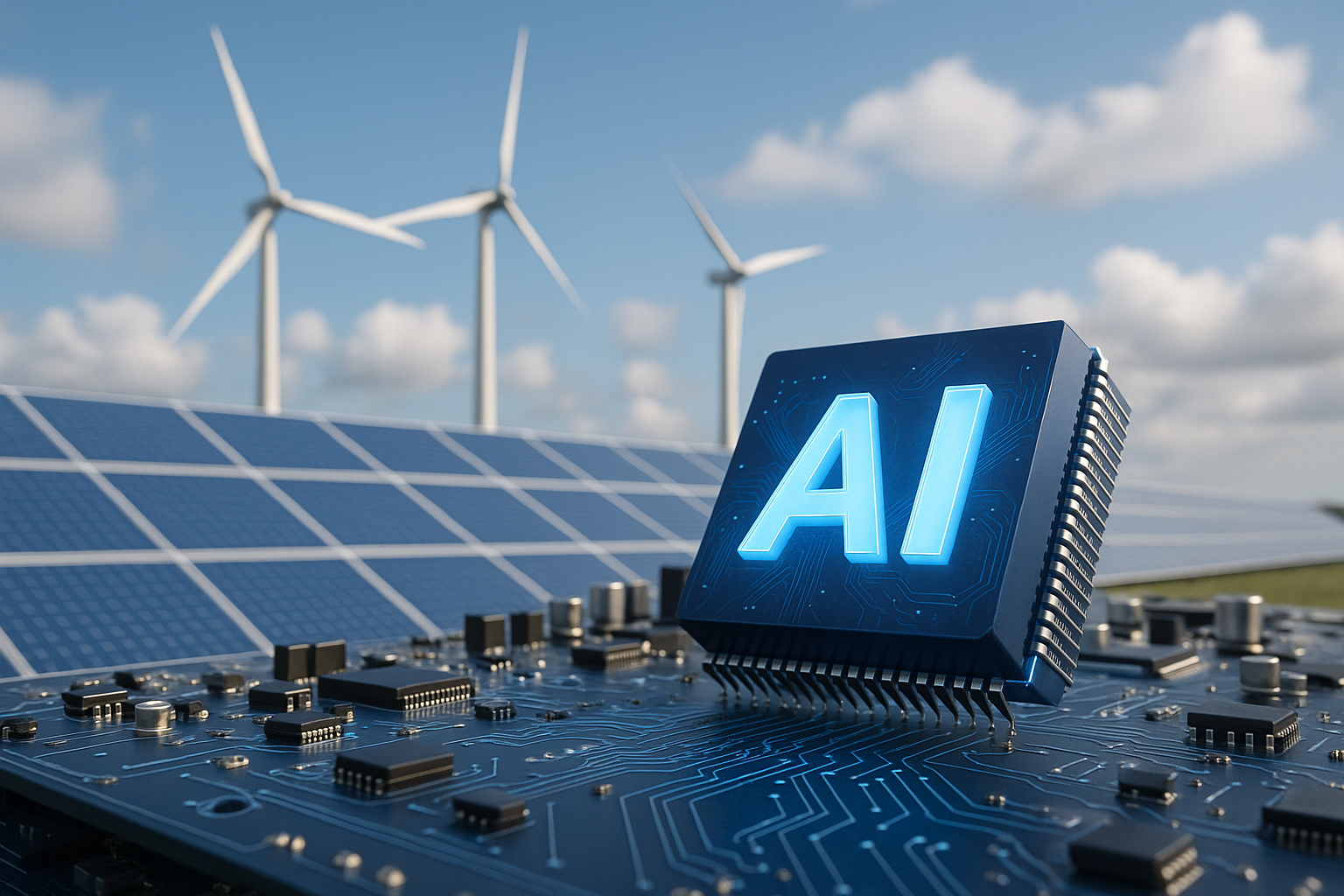AI integration enhances energy use efficiency in resource-heavy cities

A new study has found that artificial intelligence (AI), when strategically applied, enhances energy utilization efficiency in urban settings. The findings, published in Sustainability under the title “Artificial Intelligence Technology Applications and Energy Utilization Efficiency: Empirical Evidence from China”, offer new insights into the dual role of AI as both a technological innovation and a sustainability catalyst.
Based on panel data collected across multiple Chinese cities between 2008 and 2021, the research explores how AI adoption affects energy performance outcomes. The authors evaluate both direct and moderating factors influencing energy efficiency, positioning AI as a pivotal element in China's broader effort to decouple economic growth from environmental degradation.
How does AI influence energy utilization efficiency?
The study quantifies the relationship between the application of AI technologies and improvements in energy utilization efficiency. Using a panel of Chinese cities over a 13-year period, the researchers constructed AI application indicators using innovation metrics such as patent data, enterprise AI integration levels, and industrial innovation capacity. These were then correlated with energy efficiency scores based on total factor energy efficiency (TFEE), which considers capital, labor, and energy inputs relative to output.
The analysis confirmed a robust positive correlation: cities with higher levels of AI application consistently reported better energy efficiency outcomes. The researchers attribute this to two interlocking effects. The first is the technological effect, where AI supports smarter control systems, predictive analytics, and automation in energy-intensive sectors. These systems optimize energy flow, reduce waste, and enhance real-time responsiveness to demand fluctuations. The second is the scale effect, whereby AI technologies facilitate scalable industrial operations that reduce marginal energy consumption per unit of output.
By embedding intelligence into the production and distribution chain, AI technologies are enabling industries to achieve more with less. The study makes it clear that the benefits of AI adoption go beyond productivity gains - they extend directly into improved energy stewardship and resource conservation.
What conditions strengthen or weaken AI’s impact?
The study also examines the contextual factors that either enhance or dampen the energy-saving effects of AI. Two significant moderators emerged from the analysis: environmental regulation and digital infrastructure.
In regions with stronger environmental oversight, the energy efficiency benefits of AI adoption were found to be amplified. Regulatory environments appear to incentivize the use of cleaner technologies and discourage energy waste, which in turn encourages more strategic AI integration in energy systems. These findings support the hypothesis that external policy pressure can enhance the internal effectiveness of technological innovation.
Equally important is the role of digital infrastructure. Cities with more advanced digital ecosystems, characterized by broadband penetration, digital services, and IoT readiness, demonstrated stronger improvements in energy efficiency through AI. This infrastructure serves as a foundation upon which AI systems can operate at scale, enabling real-time data collection, cross-system communication, and algorithmic optimization.
These findings suggest that the deployment of AI in energy systems should not occur in isolation. For AI to yield maximum energy benefits, it must be coupled with institutional regulation and robust digital networks. The study offers a policy-relevant insight: targeted investments in digital infrastructure and environmental governance can accelerate the sustainable impact of AI.
Where are AI’s energy benefits most evident?
The study’s heterogeneity analysis reveals that not all cities experience AI’s benefits equally. The impact of AI on energy utilization is more pronounced in resource-dependent cities, non-traditional industrial hubs, and cities with stronger environmental commitments.
Resource-dependent cities, often home to heavy industries with high energy consumption, saw the greatest marginal improvements from AI applications. In these areas, AI-enabled systems help detect inefficiencies, forecast energy needs, and reduce overuse, functions that are particularly valuable in managing large-scale industrial operations.
Non-traditional industrial cities also stood out. These cities are often more agile and open to innovation, which facilitates faster and more flexible AI adoption. They are less constrained by legacy infrastructure and more likely to experiment with smart energy systems, such as automated energy meters, intelligent building controls, and demand-response systems.
Cities with strong environmental policies, typically signaled through local carbon-reduction commitments and pollution control mandates, also demonstrated higher energy efficiency gains through AI. This underscores the role of governance in shaping the conditions under which technological tools can yield tangible sustainability outcomes.
Overall, the findings suggest that AI can serve as a strategic intervention for a wide range of urban contexts, particularly when aligned with local strengths and policy frameworks. The study proposes that government and industry stakeholders tailor AI investment and deployment strategies according to the unique energy profiles and institutional capacities of individual cities.
- READ MORE ON:
- how AI improves energy utilization in urban China
- empirical study on AI and energy efficiency
- energy efficiency gains through AI integration
- role of AI in sustainable city development
- artificial intelligence in energy efficiency
- AI for sustainable development
- digital infrastructure and energy use
- FIRST PUBLISHED IN:
- Devdiscourse










